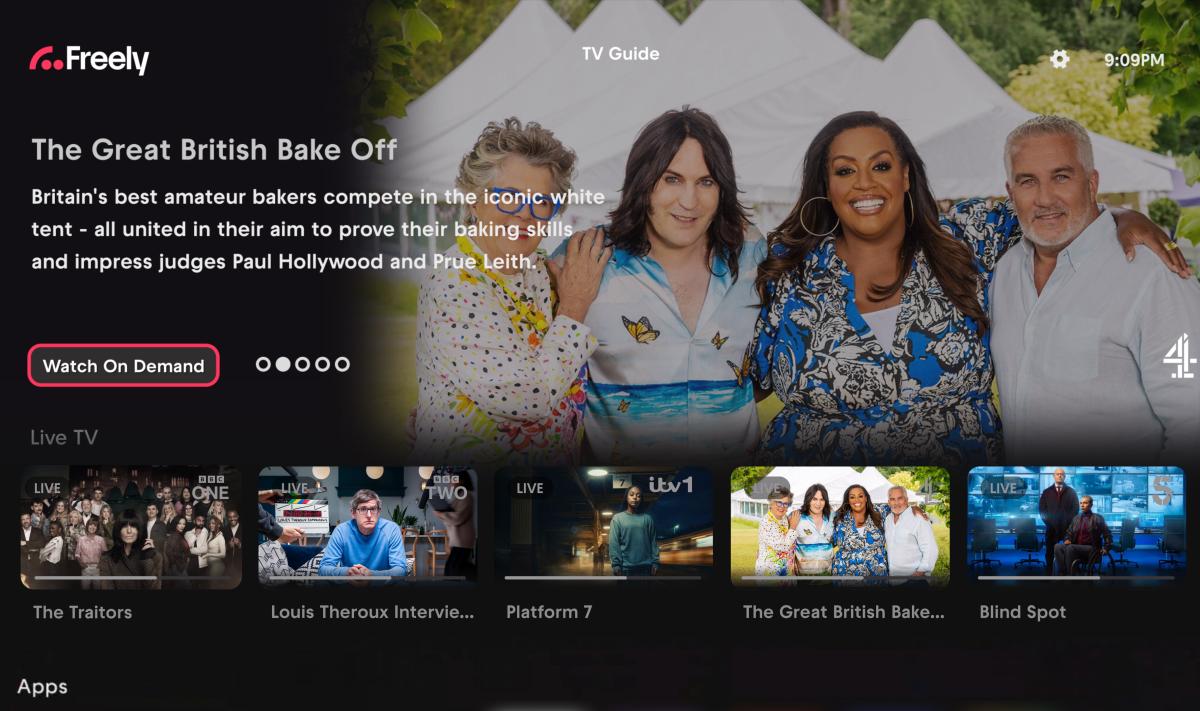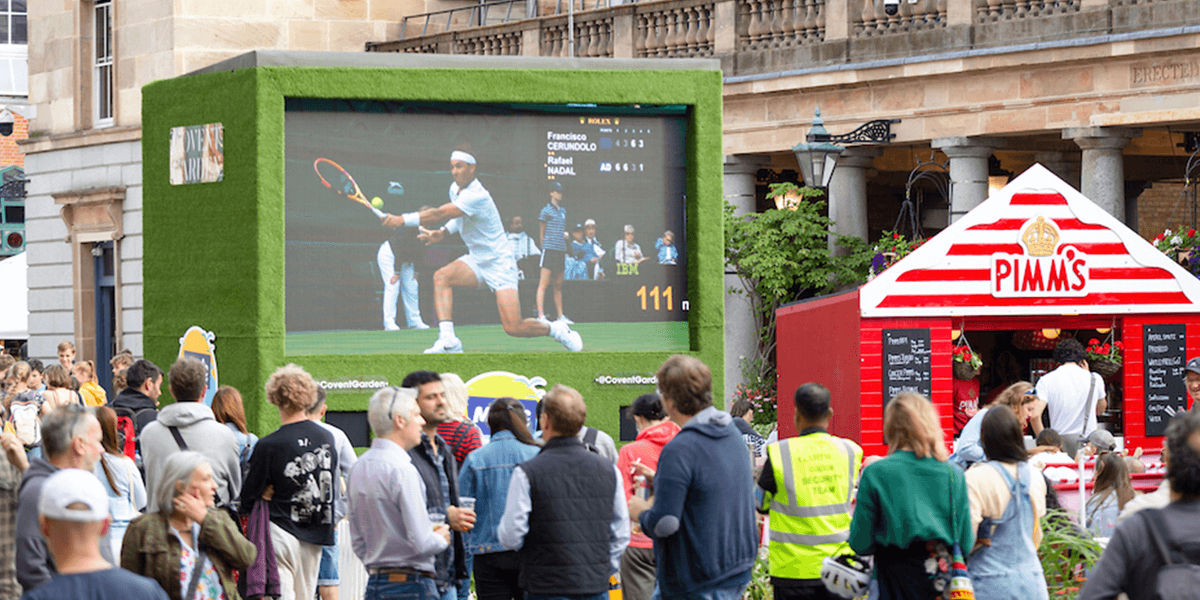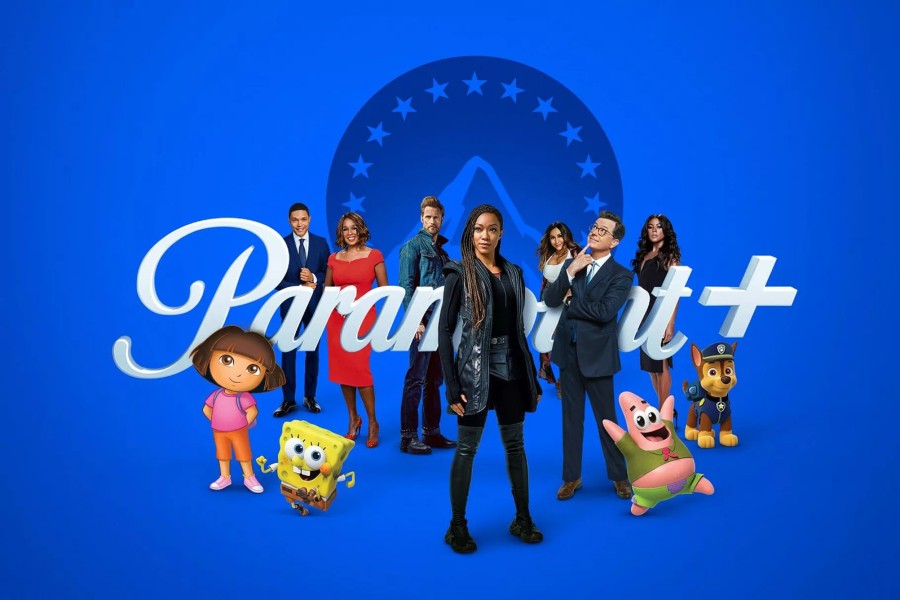One of the current game-changers in the world of sport broadcasting is the wave of clubs and sports leagues launching their own streaming services, allowing teams to serve video content directly to fans across connected devices – and unlike traditional TV deals, around the world. FC Barçelona has just launched Barça One, a free ad-supported streaming service, housing the La Liga team’s live content, news shows and documentaries.
The new platform replaces Barça TV+, a paid subscription service that launched in 2020. The new offering is free with ads, and has a premium ad-free option for €2 per month, which additionally enables users to download content onto their device. But the business expects most of its users to choose the free option, and also anticipates Barça One to attract more members than its paid-for predecessor.
Jordi Abel Vilà, Head of Content at Barça Studios and Barça One, says the move is also designed to align with the industry trend towards hybrid or tiered models that stagger their launches into new markets. “We are trying to be closer to the monetisation models that are going to be the most common,” he says. “And it’s a progressive model, like Netflix and Amazon did in the past, launching in the biggest markets before growing to become a worldwide platform.”
The service is currently available in Europe, the US, Brazil, Argentina, Uruguay and Mexico, with further plans for Africa and South America. But as Viaplay recently found, expanding too rapidly can just as quickly backfire, and FC Barçelona is taking a judicious approach to its international roll-out. “Although we want to be a worldwide platform, and we want to reach every Barça fan in the world – we have 300, 400 million fans around the world – we need to do something sustainable and we need to measure costs,” says Abel Vilà.
The app is accessible on mobile, tablet and via the website, and will also launch on Smart TVs and connected devices, such as LG, Samsung and Amazon Fire TV. “If you are watching online live content, or a long-form documentary, I think the best place to watch is on your sofa with your Smart TV,” comments Abel Vilà. “The experience with a mobile phone is good, but depending on the content, I would prefer to watch it on a big screen!”
Finding space
Another key difference between Barça One and its predecessor is that content will be produced in Catalan, Spanish and English, whereas Barça TV+ had a Spanish version that was just a translation of the Catalan channel. That means Barça Studios, the club’s content division, will produce separate versions of the news programme with Catalan, Spanish and English presenters.
And the business is also aiming to add more interactivity to the platform, including commerce integrations with Barçelona’s online store, and the type of video chat functionality found on YouTube Live. The Barça Live show is streamed on both Barça One and YouTube, and the club hopes to bring the interactivity available on YouTube onto its own platform in order to drive user engagement.
But balancing the distribution of content across YouTube, Barça One and the club’s social media channels also poses challenges for Barça Studios. Abel Vilà suggests it’s not as simple as saying short-form videos go on social, then long-form and live content on Barça One, because YouTube also demands live content. He notes that Barça’s YouTube channel is one of the most popular of any football team, with over 60 million subscribers, but the club would sooner monetise content on its own platform where it can manage the ad experience; Barça Studios is working with a local advertising partner for Barça One, aiming to bring in a mixture of new brands and those already associated with the club.
The other main advantage to bringing people onto the streaming service is the viewing insights it gives the organisation. Abel Vilà argues that while that data has value for the club from a targeting perspective, for example allowing them to email users promos from the Barça store, the real value is in knowing what fans want to watch and using that data to improve the platform. “Having data about the devices people are using, viewing time, and the most-viewed videos gives us very valuable information about what people want,” he says. “If originals are performing better, let’s do more originals.”
Playing the long game
Based on what fans want from the streaming service, Barça Studios’ ultimate goal is showing more live games. The club does currently have some live rights, including next month’s UEFA Futsal Champions League finals, and the Joan Gamper Trophy in August. But big-ticket events such as La Liga and the men’s UEFA Champions League remain the preserve of major broadcasters (and the occassional tech firm) – and though Barça One hosts live play-by-play coverage of those matches, it takes one or two days before the actual games can be streamed on Barça One.
“If we had unlimited budget, the main priority would be to buy rights to live games,” states Abel Vilà. “And even if we had the budget, someone has to sell them to you. But if you ask me to choose between originals or live content, clearly live content.”
As more teams and leagues launch direct-to-consumer (D2C) offerings, while broadcasters spend smaller chunks of their budgets on live rights, Abel Vilà raises the possibility of a mixed model where rights are shared between clubs. “It’s clearly something that clubs and competitions should explore,” he says. “I can see a world where La Liga gives Barça and Madrid the rights to their games, because they have their own D2C services, and then the rest are shown on La Liga’s own platform.”
However, such a momentous shift is not likely to happen anytime soon. “Everything drives us to this path, but I haven’t seen any steps forward in the last three or four years,” remarks Abel Vilà. “It would be a big change, and that change first needs someone to take some risks, maybe by testing it in the US just for Barça/Madrid matches.” He notes that US audiences have good knowledge of those clubs, “maybe better than La Liga by itself.”
But even if the leagues were to carve out some of the live rights for the clubs, TV viewers would then need to be transferred onto a streaming service. “It will be a slow process to have people coming into our platform,” says Abel Vilà, “and to forget places where they have been watching football for five, 10, 15 years.”
Until that day, Abel Vilà is content to “complete the offer” with original series, live coverage and long-form documentaries. “We are trying to produce at least a little bit of each one so you can have the whole range of content available, to try to have the best platform for our audience.”




